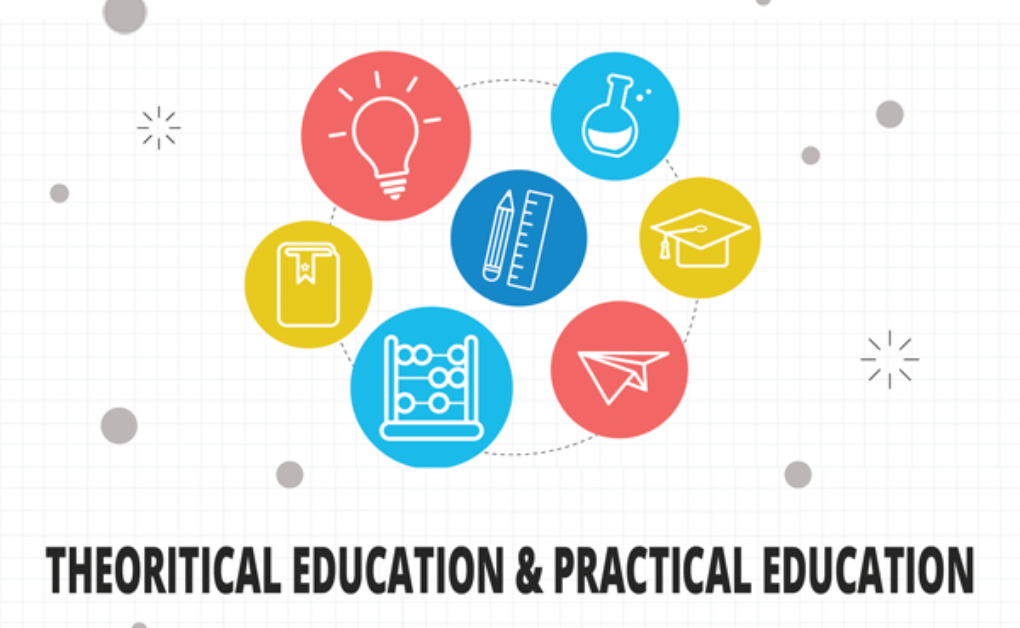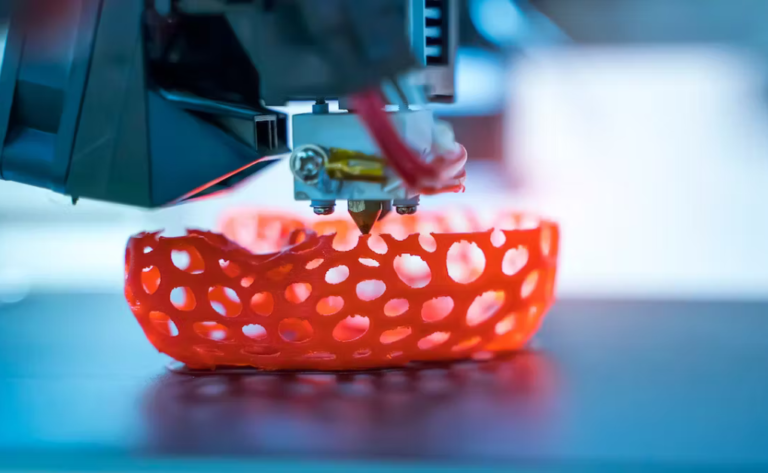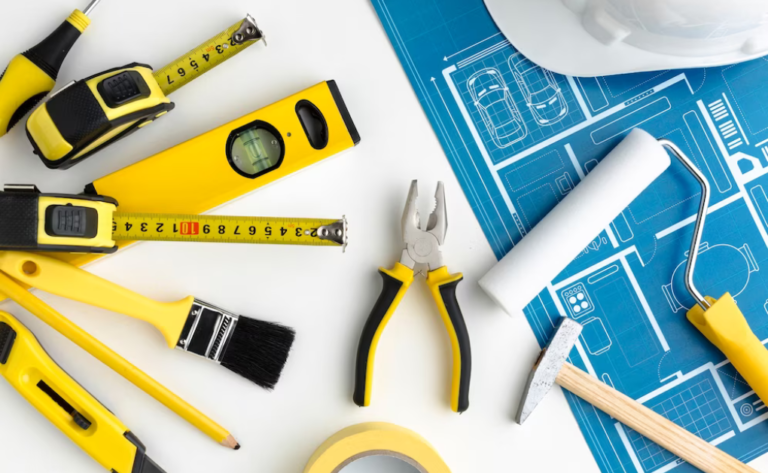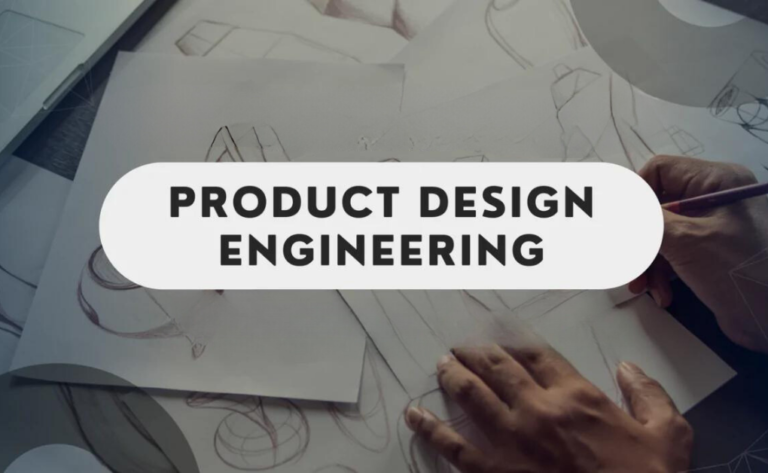Changing Design Education for the 21st Century
Changing Design Education for the 21st Century:- The rapid changes occurring in technology, business, and society in the ever-evolving 21st century demand that education, especially design education, stay up. As we embark on our quest to rethink design education. We investigate the need for a profound revolution, the function of technology, and the importance of utility, inclusivity, and adaptability.
The Need for Transformation
Traditional vs. Modern Design Education

Traditionally, design education has often followed a rigid and conventional path. Students attend physical institutions, where they are imparted with theoretical knowledge and limited practical exposure. While this approach has its merits, it is not well-aligned with the dynamic demands of the 21st-century design industry.
A paradigm change is occurring in contemporary design education. It acknowledges how quickly things are evolving in the design world. The function of a designer has changed as a result of the development of new technology, the connectivity of international markets, and the focus on sustainability. Design education must alter in order to better educate students for this changing environment.
Adopting Technology
The Contemporary Period and Design

There have been some notable developments in the way technology is used in design education. A versatile understanding of digital technology is required of the designer of the twenty-first century. Technology plays a significant role in modern design, from computer-aided design (CAD) software to virtual reality (VR) applications.
Institutions that offer design education are increasingly include these tools in their curricula. Students are now being taught how to make 3D models, see designs in virtual surroundings, and even employ AI to optimise designs. Along with preparing students for the field, this improves their capacity for creativity and problem-solving.
Online Learning Platforms
Moreover, the rise of online learning platforms has democratized design education. These platforms offer flexibility, allowing students to access a wealth of resources from anywhere in the world. The accessibility of online education is breaking down geographical barriers and making quality design education available to a more diverse and global audience.
The Importance of Practicality
Bringing Theory and Practise Together

Practical experience is just as important as theoretical understanding. The importance of bridging the gap between theory and practise is emphasised in contemporary design education. Students of design are encouraged to work on practical projects, do internships, and collaborate with business partners.
This practical approach not only gives students the skills they need for the workforce, but it also encourages innovation and creativity. It increases the level of motivation and purpose in students’ work when they can witness the effects of their designs in the actual world.
Inclusivity and Adaptability
Diverse Perspectives

Another crucial aspect of transforming design education is embracing diversity and inclusivity. The design industry serves a diverse global population, and it’s essential that the education system reflects this diversity. Encouraging students from various backgrounds and cultures to pursue design fosters a richness of perspectives that can lead to more innovative and inclusive solutions.
Adaptability
The designers of the twenty-first century must also be flexible. Throughout their careers, they will need to retain their skills and experience due to the quick speed of technological progress. Design education should place a strong emphasis on adaptation and a growth mentality in order to prepare students for a lifetime of learning and creation.
DesignXpert Academy’s Function
Institutions like DesignXpert Academy stand out as beacons of change when we consider how design education will adapt for the 21st century. A variety of courses are available at DesignXpert Academy to meet the needs of contemporary designers. Students who complete these courses will have both academic knowledge and practical abilities that are immediately useful in the workplace.
Programmes That Are Comprehensive
The courses offered by DesignXpert Academy, including “Advanced Diploma in Industrial Product Design,” “Master Diploma in Plastic Product Design,” and “Diploma in Product Design and Engineering,” cover a variety of topics. These programmes provide a comprehensive approach to design education, covering everything from engineering drawing to 3D modelling, design thinking to practical industrial training.
Hands-on Education
The emphasis on experiential learning at DesignXpert Academy is one of its most notable characteristics. Students get access to cutting-edge prototype facilities and contemporary design studios. They can thereby bridge the gap between concept and reality by translating their innovative ideas into concrete products.
Industry Partnerships
DesignXpert Academy’s collaborations with leading design firms and companies offer students valuable internships and networking opportunities. This strategic partnership ensures that students are not only well-educated but also well-connected within the design industry.
Conclusion
Changing Design Education for the 21st Century:- It is both necessary and advantageous for design education to change for the twenty-first century. The following generation of designers will be ready to succeed in a world that is always changing if they embrace technology, practicality, inclusion, and adaptability.
Institute like DesignXpert Academy are facilitating this change by giving students the resources, instruction, and opportunity they require to succeed. The future makes it evident that design education entails more than merely imparting knowledge of how to create; it also entails giving students access to the tools necessary to sculpt the future.
Get ready to transform your design education at DesignXpert Academy







